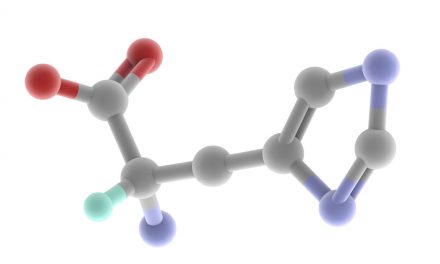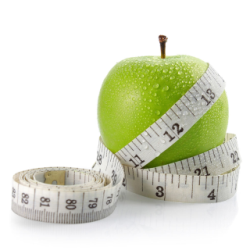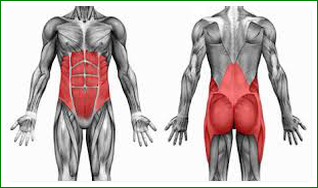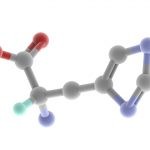*****
Did not you know that:
- About 25 % of deaths from chronic disease is caused by a sedentary lifestyle and lack of physical activity;
- Physical activity is an independent factor for human health: it means that physical activity alone is able to decrease the risk of death from any disease. So, for example, a smoker who practice physical activity is far less likely to die compared to a smoker who do not exercise;
- Just as physical activity is considered a medicine, lack of physical activity is considered a disease, the so-called “hypokinetic disease”;
- The reduced physical activity in childhood has serious repercussions in adulthood and old age;
- The reduced physical activity is associated, often to unhealthy dietary habits;
- The adverse effects caused by lack of physical activity are dose-dependent: the less physical activity you practice, the more increase the risks;
- The lack of physical activity also has very serious repercussions on the budgets of the state budget because it increases the cost of public health;
- The reduced physical activity has a negative effect on the whole body, from bones to hair, from heart to lungs.
But what is physical activity?
“Physical activity is defined as any movement of the body induced by skeletal muscle can give rise to an excess of energy expenditure than the rest condition”.
“Exercise is a particular form of physical activity has the characteristic to be planned, structured, repetitive, and be designed to improve or maintain the state of form and well-being”.
Physical activity and fitness are synonymous?
“Fitness is the ability to carry out daily tasks with vigor and attention, effortlessly and with enough energy reserve to meet emergencies or to enjoy leisure”.
Fitness is actually a very broad concept that can be interpreted as the absence of disease, after the death or the ability to support a particular type of activity. Under this last point of view, fitness is a set of characteristics that people reach in relation to the ability to perform physical activity. If, for example, a person performs regular physical activity will have a high level of fitness and vice versa.
Carry out regular physical activity means to improve their fitness, improve their fitness means to improve their well-being.
Wellness, the new lifestyle
“Wellness is a state of inner satisfaction, the result of a complete fulfillment psycho-physical”.
A wellness lifestyle therefore requires attention not only to the body but also the mind and the spirit. Wellness is health to 360 degrees. It can be reached through education about regular physical activity, a balanced diet and a positive mental attitude. The task of the modern personal trainer is to target the wellness of its customers, ensuring maximum well-being not only physical but also the mental.
Seen under this light the figure of a personal trainer takes of even more relevant. A qualified personal trainer closes itself in different shapes, not only coach, but also a friend, colleague, personal motivator.
The figure of personal motivator is assuming great importance: a personal motivator helps to focus their positive energy, to achieve their goals to enhance the body, spirit and mind. And what better tool to do whatever physical activity?
Adopt a wellness lifestyle and make the difference.












